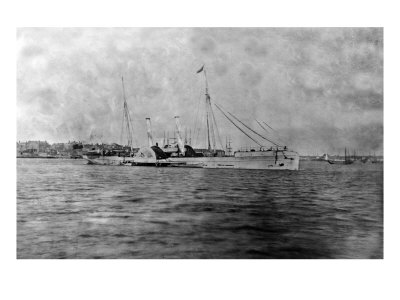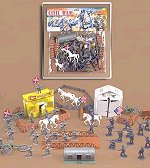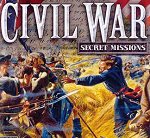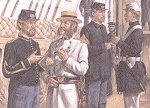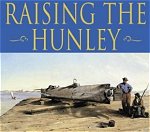Steamship Bat (Blockade Runner, 1864).
Later USS Bat (1864-1865); civilian steamship Teazer (1865-1872) and civilian steamship Miramichi (1872 - circa 1902)
Bat , a 750-ton (burden) Owl class side-wheel steamship, was built in Liverpool, England, in 1864 for the Confederate States Government. Though maintaining British commercial registry, she was manned by the Confederate Navy with the intent of running badly needed supplies and equipment through the Federal blockade of the Southern coast. On her first such voyage, Bat was captured by USS Montgomery as she attempted to enter the port of Wilmington, North Carolina, on 10 October 1864.
About a month later, the Navy purchased the former blockade runner, converted her to a gunboat and, in mid-December 1864, placed her in commission as USS Bat . She served off the Atlantic coast and in the Potomac River area during the remaining months of the Civil War. Decommissioned in mid-May 1865, Bat was sold in October of that year to civilian owners. She was employed commercially under the name Teazer until 1872, when she reentered British registry as Miramichi . The steamer operated in Canadian waters for three more decades, and was finally scrapped in about 1902.
Watercolor by Erik Heyl, 1951, painted for use in his book "Early American Steamers", Volume I.
Bat , a blockade runner owned by the Confederate Government, became USS Bat (1864-1865) after she was captured. Following the Civil War she operated in merchant service under the names Teazer and Miramichi .
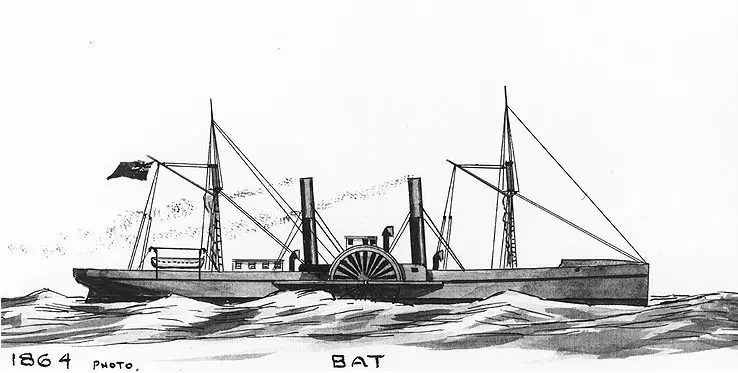

Wolf of the Deep: Raphael Semmes and the Notorious Confederate Raider CSS Alabama
In July 1862, the Confederate captain Raphael Semmes received orders to report to Liverpool, where he would take command of a secret new British-built steam warship.
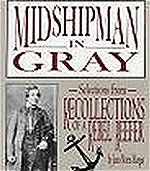
Midshipman in Gray: Selections from Recollections of a Rebel Reefer
